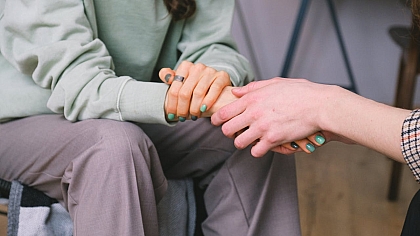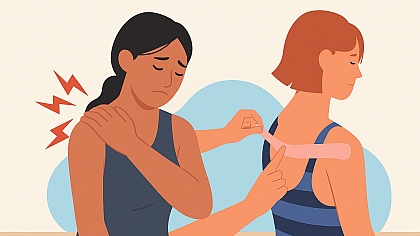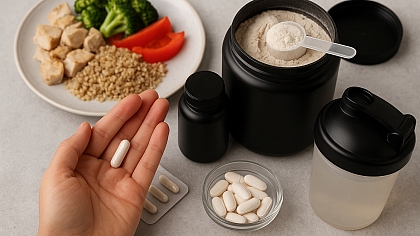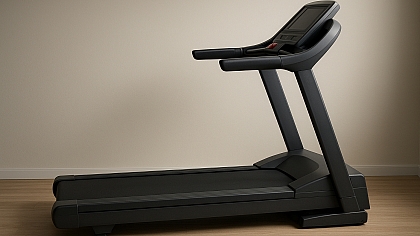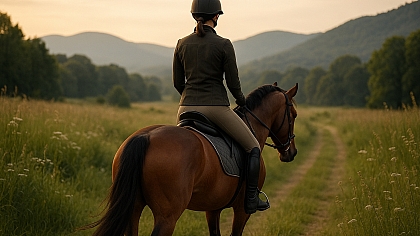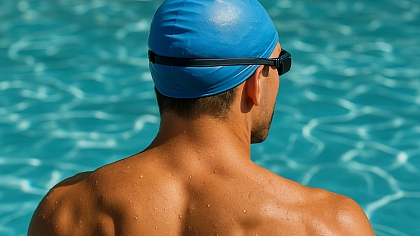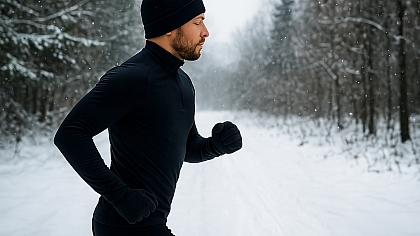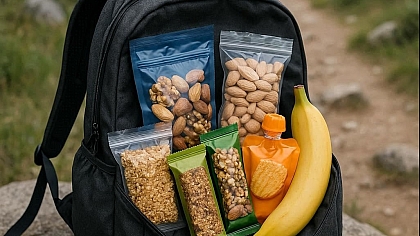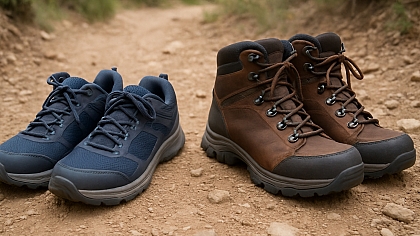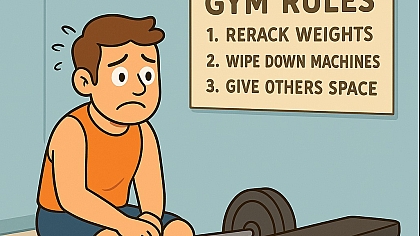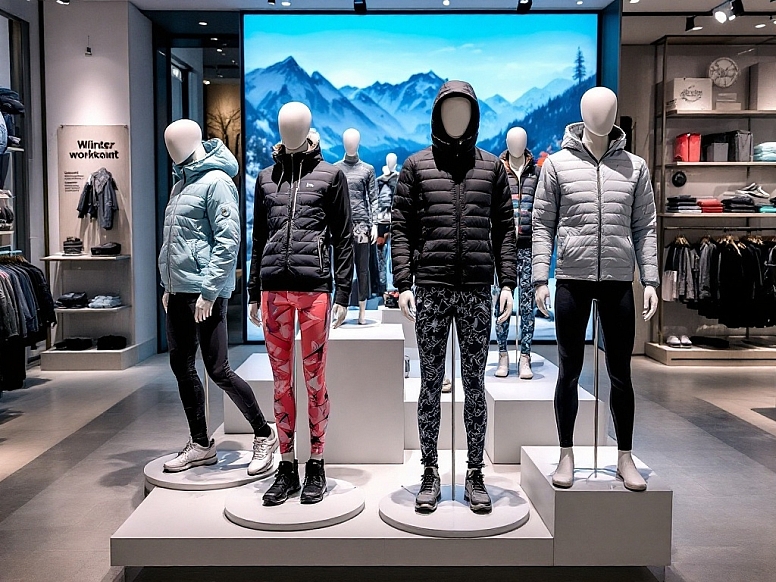
Winter Workout Gear: Staying Warm Without Overheating
Working out in winter can be tough. If you wear too much, you sweat and feel heavy. If you wear too little, you freeze. The trick is finding the right balance—staying warm without overheating.
What You Need to Know First
- Layer smartly: Start with moisture-wicking fabric, add insulation, and finish with a windproof shell.
- Avoid cotton: It traps sweat and makes you cold.
- Cover hands, ears, and feet: These areas lose heat fast.
- Adjust as you warm up: Remove layers before you sweat too much.
Why Layers Matter Most
Layers keep you warm by trapping heat between them. But not all layers work the same.
1. Base Layer: Wicks Sweat Away
Your first layer should pull sweat off your skin. Good options:
- Merino wool (soft, warm, and breathable)
- Synthetic fabrics (like polyester or nylon)
Avoid cotton—it soaks up sweat and stays wet.
2. Middle Layer: Keeps You Warm
This layer holds in heat. Try:
- Fleece jackets (light but warm)
- Down or synthetic puffer vests (if it’s very cold)
3. Outer Layer: Blocks Wind and Rain
The top layer should stop wind and water but let sweat escape. Look for:
- Water-resistant jackets with vents
- Breathable materials like Gore-Tex
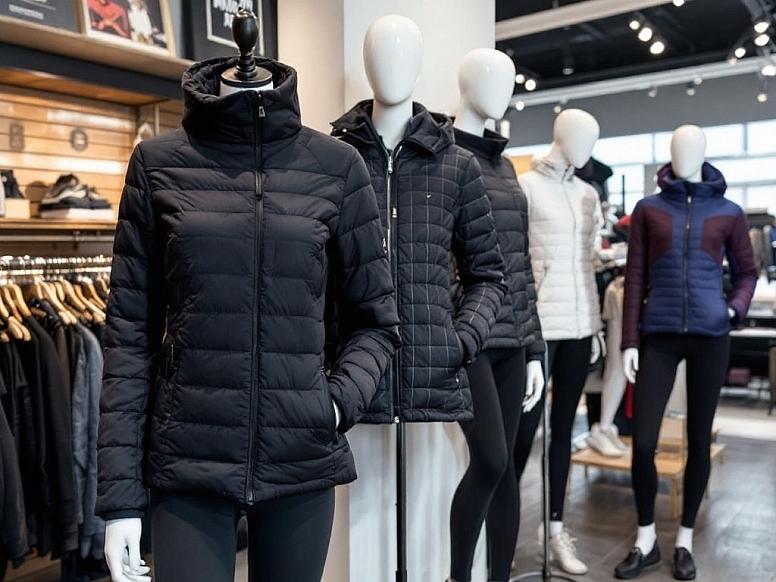
Best Fabrics for Winter Workouts
| Fabric | Why It Works | Best For |
|---|---|---|
| Merino wool | Stays warm when wet, fights odour | Base layers, socks |
| Polyester | Dries fast, lightweight | Shirts, leggings |
| Fleece | Traps heat, breathes well | Mid-layer jackets |
| Gore-Tex | Blocks wind, lets sweat out | Outer shells |
Don’t Forget Hands, Feet, and Ears
Fingers and toes get cold first. Here’s how to protect them:
- Gloves: Look for windproof, touchscreen-friendly options.
- Socks: Wool or synthetic blends keep feet dry.
- Ear warmers or headbands: Cover ears without overheating.
What to Wear in Different Temperatures
30°F and below:
-
- Thermal base layer
- Insulated jacket
- Windproof pants
- Thick gloves and wool socks
30°F to 50°F:
-
- Light long-sleeve shirt
- Vest or thin fleece
- Running tights
- Light gloves
When to Take Layers Off
Start slightly cold—you’ll warm up fast. If you feel too hot:
- Unzip your jacket
- Remove gloves or hat
- Tie a layer around your waist
Common Mistakes to Avoid
- Wearing too much too soon – You’ll sweat and get cold later.
- Ignoring wind chill – Wind makes it feel colder than it is.
- Skipping sunglasses – Snow glare can hurt your eyes.
Try This Next Time You Work Out in the Cold
Test different layers to see what works best. Start with a thin base, add warmth as needed, and always cover exposed skin. If you’re still cold, try a neck gaiter or thicker socks.

Frequently Asked Questions
Q: Can I wear a regular hoodie for winter workouts?
A: Hoodies can work if they’re made of moisture-wicking fabric. Avoid cotton—it holds sweat.
Q: How do I stop my face from freezing?
A: Wear a balaclava or neck gaiter. Breathing through fabric warms the air before it hits your lungs.
Q: Are expensive winter workout clothes worth it?
A: Good gear lasts longer and performs better. But you don’t need the most expensive—just the right fabrics.
Q: Should I wear thicker socks in the cold?
A: Thicker isn’t always better. Wool or synthetic socks that wick sweat work best.
Q: Can I run in snow with regular shoes?
A: If it’s icy, try trail running shoes for better grip. Or add traction cleats to your shoes.
Here are a few extra paragraphs to enhance the article’s value, keeping the tone natural and helpful:
What to Do After Your Winter Workout
The right gear keeps you warm during exercise, but what you do afterwards matters just as much. As soon as you stop moving, your body cools quickly, especially if your clothes are damp.
- Change immediately – Swap sweaty layers for dry ones to avoid chills even if you're just heading home.
- Warm up gradually – Don’t jump into a hot shower right away; extreme temperature shifts can make you lightheaded.
- Hydrate well – Cold air is dry, and you lose moisture through your breath. Drink water even if you don’t feel thirsty.
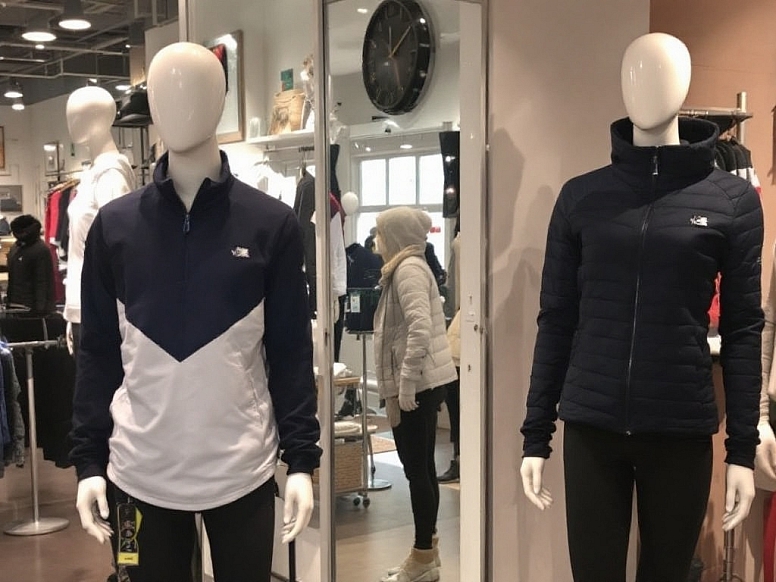
Adapting to Your Own Body
Some people run hot; others freeze easily. Pay attention to how you react:
- If you’re always cold, add a thin extra layer (like a long-sleeve tee under your fleece).
- If you overheat fast, focus on breathable fabrics and zip vents in your jacket.
- Test new gear on short workouts first—don’t wait for a long hike to realise your gloves aren’t warm enough.
A Quick Tip for Early Mornings
If you exercise before sunrise, visibility is key. Choose gear with reflective strips or bright colours so drivers and cyclists can see you. A lightweight headlamp also helps if you’re running on unlit paths.
Got a favourite winter workout tip? Share it below—someone else might find it useful!
